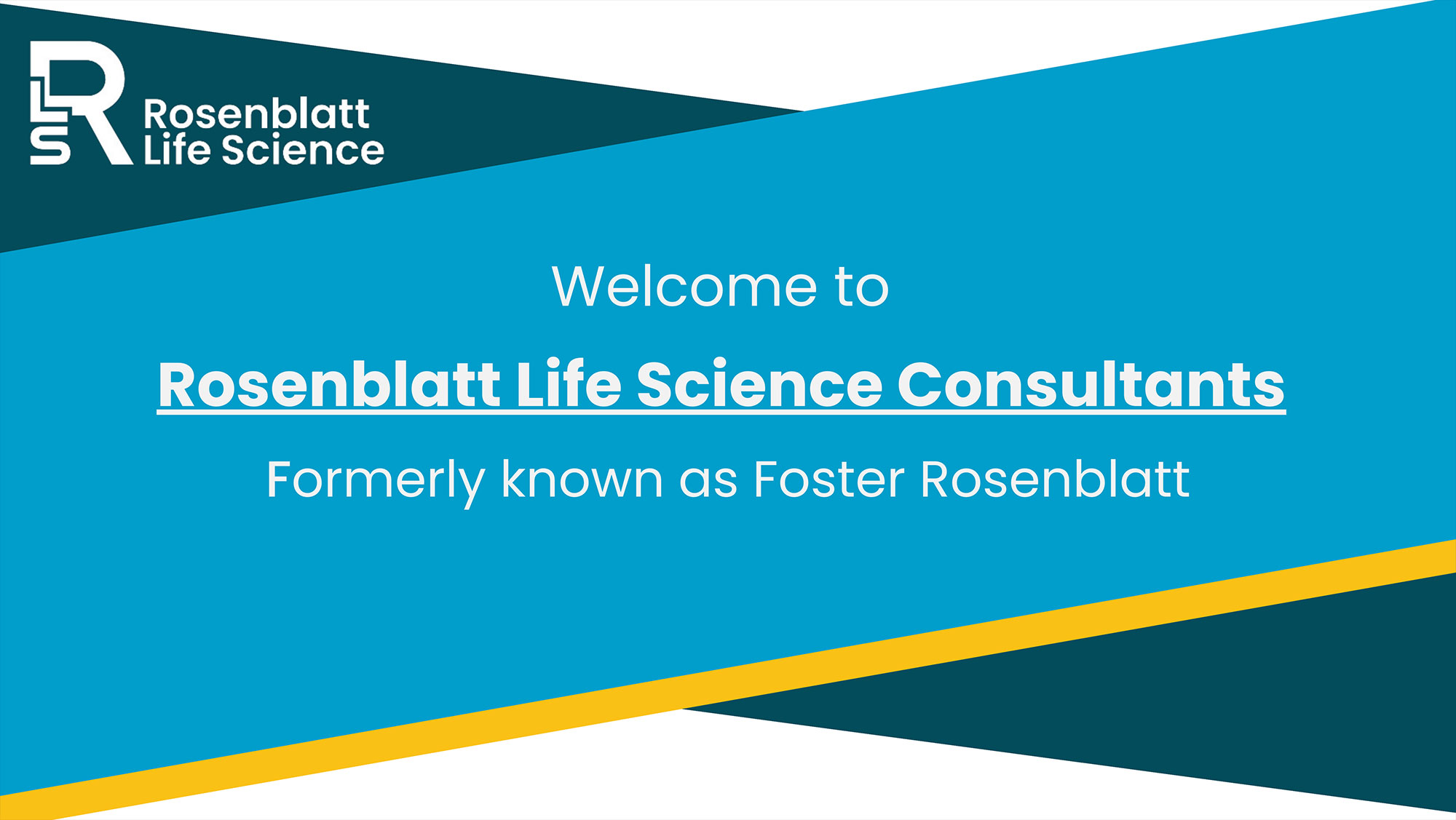ForecastingHealthcare Marketsand Products
Virtual Instructor-Led Course Dates
December 4-5, 2024 / February 26-27, 2025
Course Fees: $3,295 / Early Bird 1 Month Prior $2,995
Do you develop, inform, manage, or approve the brand forecast at your company?

Course Logistics & Dates
- Business Applications
- The Forecasting Process
- Common Forecasting Methodologies
- Historical Quantitative Analysis
- Pre-Requisites for Effective Forecasting
- Key Forecast Drivers
- Analog Modeling Methods
- Important Forecasting Considerations
- Statistical, Time-Series, Moving Averages, Linear Regression, Exponential Smoothing
- Desktop Forecasting Tools
- Interpreting Forecast Data
- Hands-On Forecasting Workshop
- Normalizing Forecast Input Data
- Intro to Qualitative Methods
- Executive Opinion & Delphi Methodology
- Identifying “Most Likely” Events
- Quantifying “probability of occurrence / impact of event”
- Common Events (line ext, new entry, etc.)
- Eventing the Baseline Quant Forecast
- Patient Flow versus Patient Treatment
- Reviewing all Levels of the Epi Model – Inputs & Outputs
- Group Exercise: Designing an Epi Model in Excel
- Epi Model Debrief
- Uptake and Peak Share Analogs





